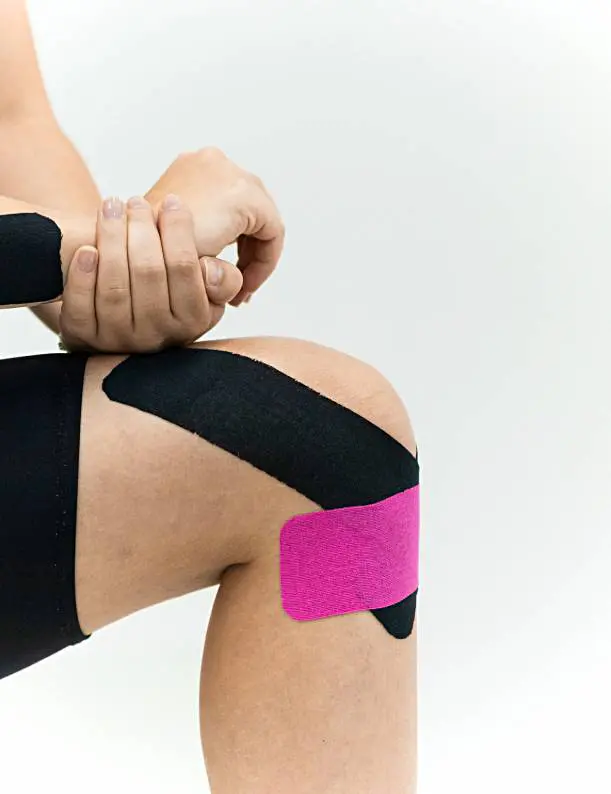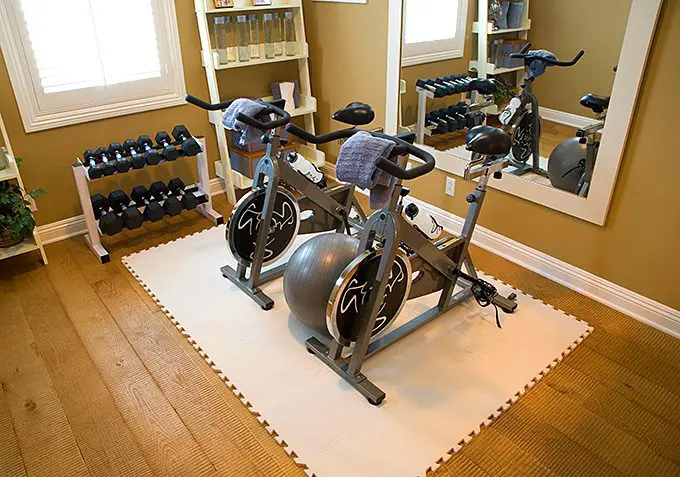words Al Woods
Knee injuries are most definitely the most painful and problematic ones for so many reasons. Not only does it take forever for your knees to be back to normal, but unfortunately, there is still no magic bullet for keeping your knees healthy. However, staying active while building muscles around your joints is a crucial thing to do.
As people get older, their knees become weaker and weaker, which eventually leads to some serious conditions such as osteoarthritis or even worse conditions that may leave them disabled. As such, this sees people seeking treatment, with many exploring Arthrosamid injection cost in order to manage chronic knee pain and improve joint function. While treatments can help, prevention through proper care and strengthening is often the best approach. These are just some of the reasons why we need to understand the importance of knee health and how, through mobility and strength, we can actually do this.
Feed the Cartilage
Recently, researchers have started to rethink very old dogma about the cartilage properties, or so-called smooth layer of tissue, that cushions the bones of the knee as well as the other joints and whose break is one of the first signs of osteoarthritis. According to people who perform Knee Joint Replacement in Dallas, it is not rare for people to replace their joint with an artificial one because other types of treatment have failed and the overall state has been neglected. Bearing in mind that cartilage does not have a nerve or blood supply, there was a belief that it could not repair itself. However, some of the latest research has shown that some weight-bearing activities, such as walking or running, may squeeze cartilage like a sponge, expel waste, and draw in some fresh nutrients and oxygen-rich fluids with each step. This research also helps us understand why swapping one form of exercise with another can be counterproductive. Namely, people who face knee problems typically start doing some low-impact activities such as cycling and swimming because they believe that it will save them and protect their joints, without even knowing that what they do leads to their cartilage starving.
Apply Short and Frequent Principle
Keep in mind that there is an actual limit to how fast the joint can adapt to some form of unfamiliar stress. Experts suggest that if the knee pain persists for more than an hour after some form of physical activity or shows up immediately after a workout, it is a sign that your joint is overloaded and overwhelmed. However, this does not mean you should stop doing your exercises; on the contrary, you need to adjust what you are doing. What you need to do is consider shorter and more frequent workouts. Some of the leading experts on this topic propose that the cartilage positively responds to stress in about 10 minutes, and every activity after can accumulate more stress and damage surrounding tissue. Gymgoers like to shop for high-quality knee wraps that provide an added layer of support during workouts. These wraps help stabilize the knee joint, reducing the risk of injury while allowing you to maintain your exercise routine safely.
Weekend Warrior Effect
No workout takes place in a vacuum. To put it simply, what your knees can handle today is the direct result and depends on what you were doing with them over the preceding months and weeks. To this end, this is one of the main reasons why physical therapists are overloaded with jobs at the beginning of the skiing season since enthusiasts and weekend warriors hit the slopes after a couple of months of inactivity. Taking the first day of skiing easy and giving your joints time to adapt will save you unnecessary hassle and pain caused by joint overload. In addition, do some constructive strength training to prepare your legs before putting any kind of stress on them. For you to strengthen your joints, a simple generic program of squats and lounges can significantly strengthen the muscles and keep your knees stable, stiffening ligaments and tendons around the joint.
Do Not Seek Salvation in Medicine Bottles
According to some research, there is no strong evidence that supplements, including chondroitin and glucosamine, make any kind of difference for your joints, even though they do not appear to be harmful either. Relying on these supplements alone will not make any significant difference without including some cyclical exercises as well. However, some research suggests that there was a noticeable improvement in cartilage quality after six months of taking 10 grams of collagen daily. Ligaments like cartilage are primarily made of collagen, and this idea can be supported as consuming collagen before exercising can trigger new collagen synthesis in your body. However, the real-world benefits of this approach remain unproven.
The greatest mistake people make upon feeling knee pain is to stop any kind of activity. However, this is the worst thing that can be done. Instead of blocking all of your activities, you should stay active and strengthen the muscles around the joint so you can develop constructive movement patterns and, in some cases, even reverse the trajectory of your injury. Knee diseases such as osteoarthritis or knee injuries can be controlled if you try to apply productive methods.






